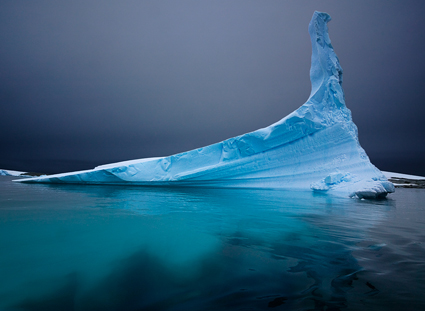Free Presentation at MIT – 10/12/11

I’ll be making a presentation which is free and open to the public – sponsored by Canon.
Wednesday, October 12 at 6 pm at MIT (Boston) in building 7 room 431.
The presentation will be a series of several short lectures.
A Call To Connection a 5 minute overview of my work to date
Antarctica – a 15 minute overview of my first editorial project
Illuminating Creativity – a 20 minute overview of creative process highlighted in my TEDx talk
21st Century Photography – a 30 minute overview of how new technology expands photographic practices
Find directions here; type in building 7.
Join me for an exciting evening!

